So I'm trying to do the best of Kirby and not the least of Kirby, but I'm keeping the Kirby. I'm not changing the costumes, I'm not changing the faces, as soon as you see Granny Goodness you say "Oh, it's Granny Goodness." "It's Kalibak, jumping out of the Boom Tube right in your face." And the costumes are the same. I'm keeping everything the same. I'm too lazy to change it anyway. Too many guys are changing the stuff when they don't need to change it. Obviously he had reasons to doing the costumes the way he did. So why screw with them? I keep them. It's Kirby. It's my turn on Kirby and it's only a matter of draftsmanship. It's not a matter of not doing an homage. It's all homagey. It's homagey everywhere. I got Darkseid right here screaming at Luthor. And Luthor is Curt Swan's Luthor and Darkseid is Jack Kirby's Darkseid. Never the twain shall meet. It's just that muscles are in the right place a little bit more, know what I mean?
AWW: That's one of the things you're famous for, the photorealistic style.
NA: I would say that I tip more toward Kirby in this because you do have to do some of these bold, slashy Jack Kirby lines, nice big blacks, clunky muscles and s--t, big chompers -- those big teeth that don't seem to fit into anybody's mouth. Yeah, I do that. But I know how to do that. You see, I started out as a cartoonist -- a big foot cartoonist. What they call big foot. Big foot is a cartoon, characters with big feet. A little foot artist is a person who draws like superheroes and they have little tiny feet. That's the difference between big foot and little foot. You just learned something. And I started out doing kind of big foot stuff. Sort of cartoony. And I liked doing that. But then I realized I could draw better so I started drawing realistic stuff, but I never lost the cartoony aspect of it. So I can bend toward cartoony, and Jack Kirby's stuff is a little bit more cartoony than my stuff, so I can just go there. It's not hardened. I don't have any religious beliefs in any of this bulls--t.
AWW: And with that cartoonist background you can adapt to Kirby better than other comic artists can.
NA: Oh sure. I've seen it. I see other people and they just can escape their own desire to change s--t. I don't have that desire. Like when I did Batman. You could say "What did you do to Batman?" "I didn't do anything." "Yeah, but it looked different." "Yeah, everybody who drew Batman looked different, didn't they? But it's still Batman." I'm not trying to make him bulky or anything. He just looks a little bit more athletic and his cape flows better, but it's still Batman. Everything's the same. I didn't change it at all. I'm not changing Superman. And I'm trying my damnest not to change Jack Kirby.
Why should I change Jack Kirby? The other thing too is like you can sit around artists all the time and say "Boy, would I like to do Kirby." As soon as I would say I'm doing Jack Kirby "Can I ink some?" "Can I ink some?" "Are you doing those lines?" "Yeah, I'm doing those lines." "Oh really, can I ink some?" Because you look at that Kirby stuff and you go "Yeah, you don't even have to use a pen, you can use a big brush - plop - and blow in those lines. As soon as you say it, everyone wants to do those lines. Kirby lines. And Kirby energy.
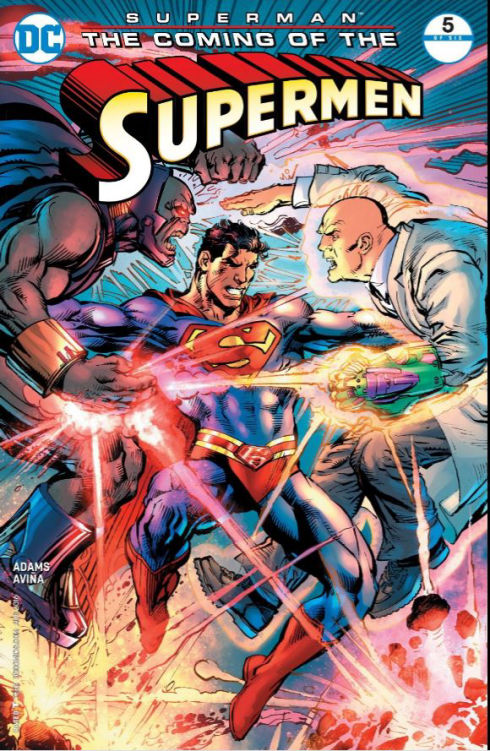
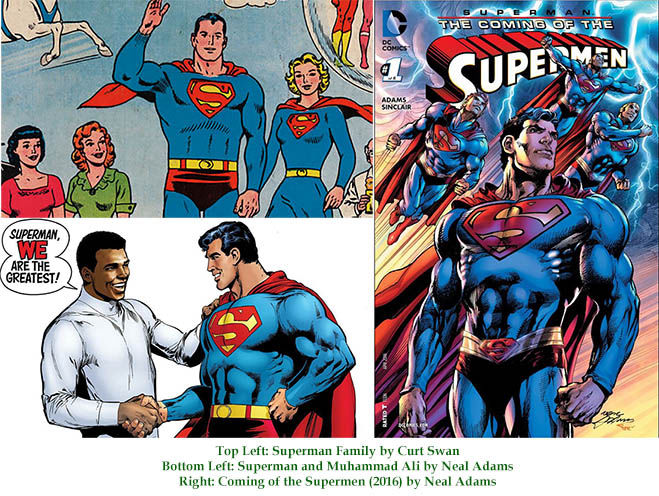
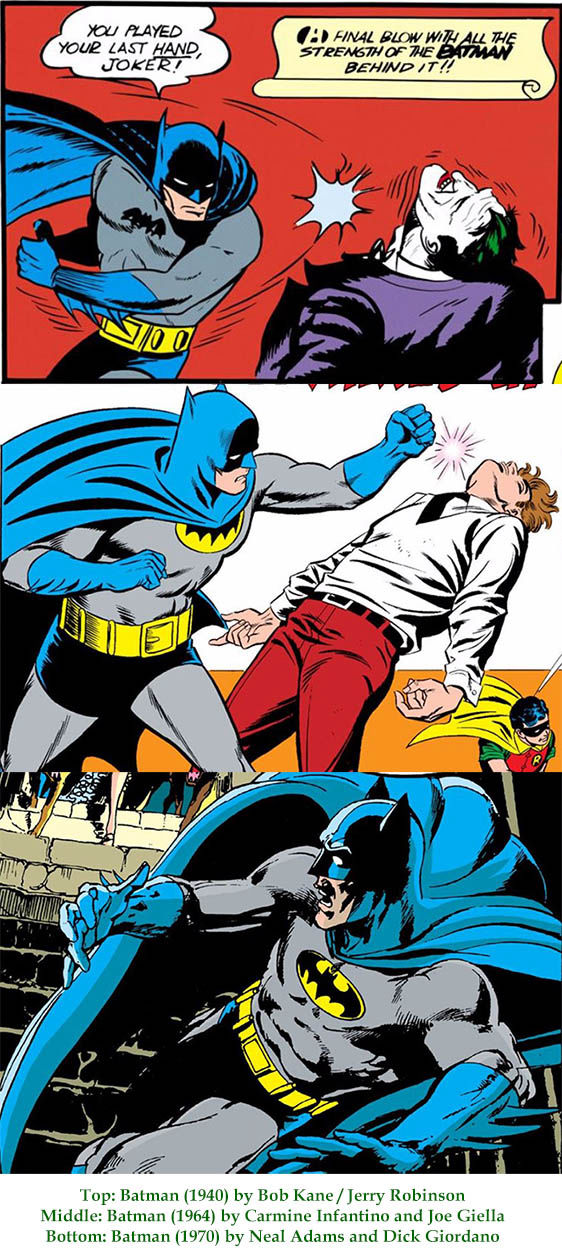
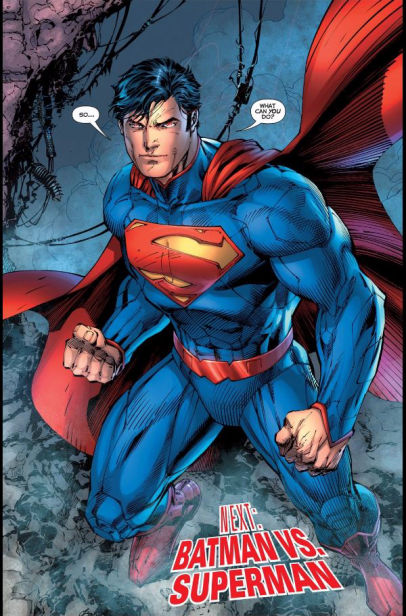
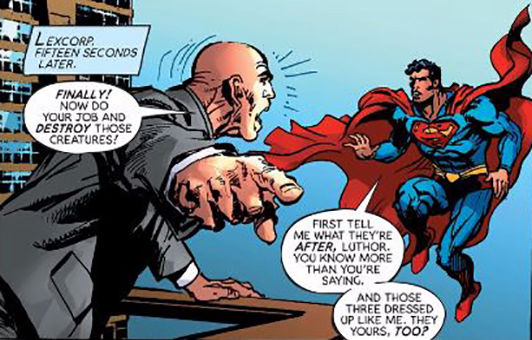
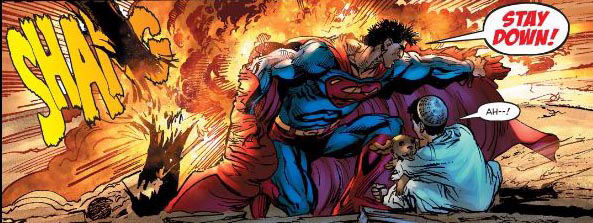
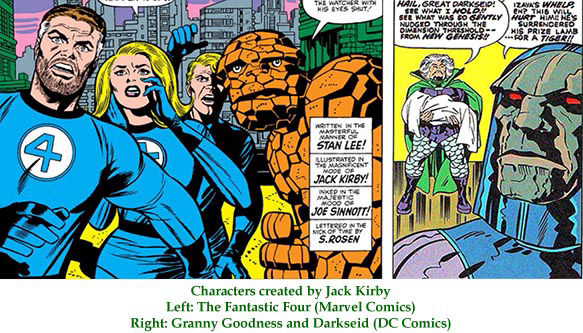
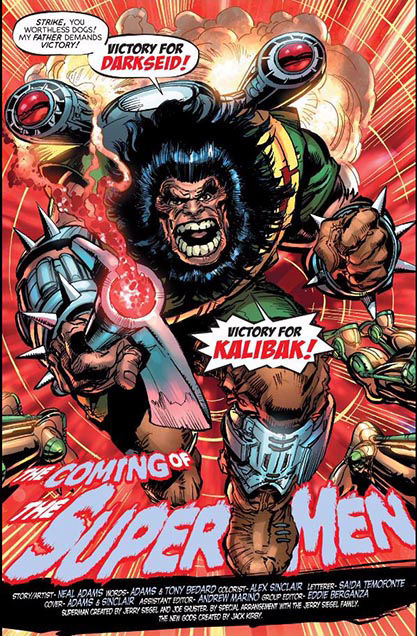
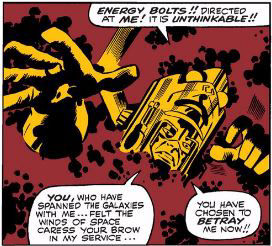
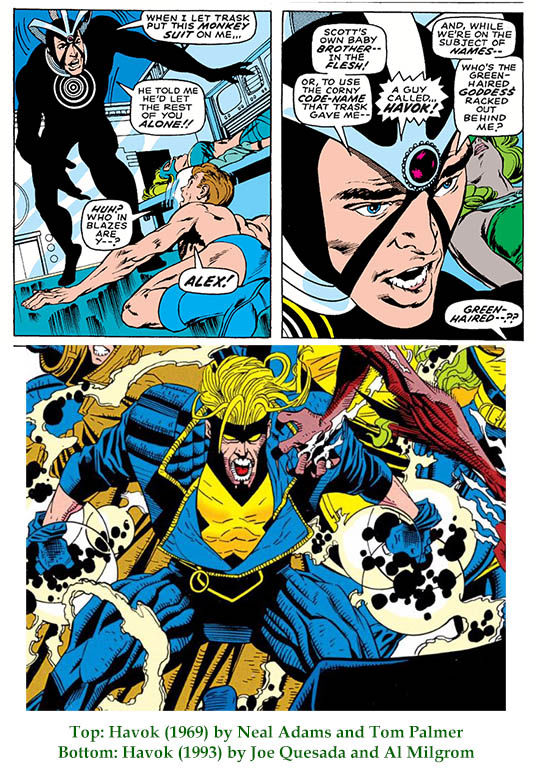
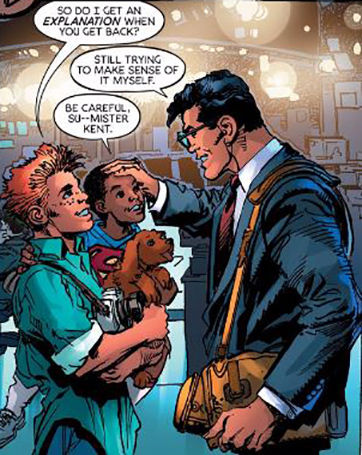
Contact Us